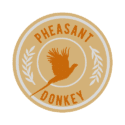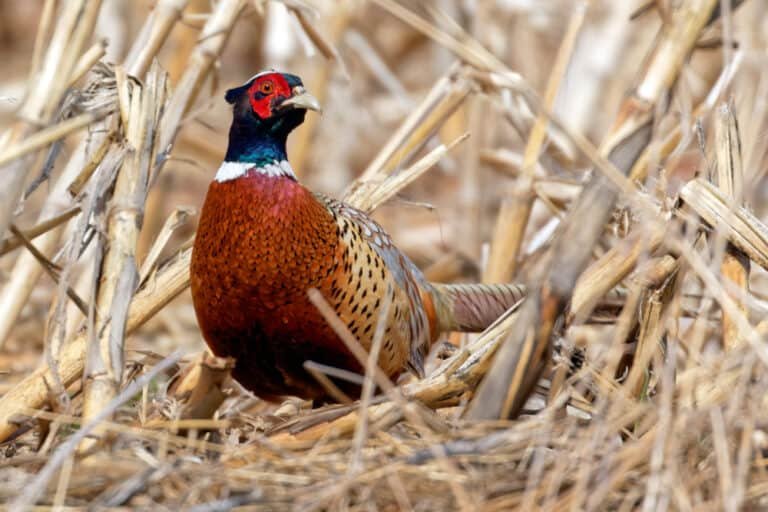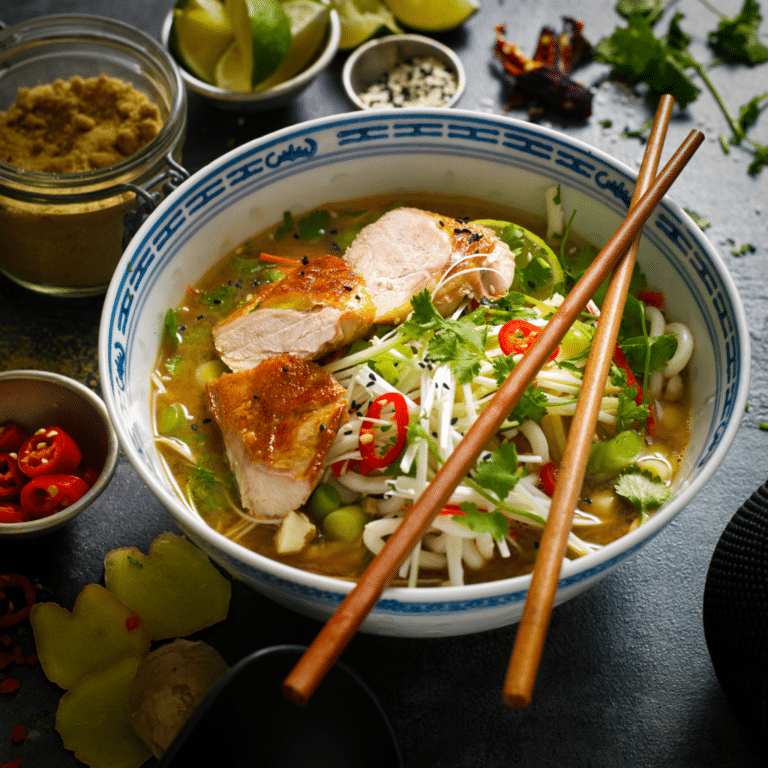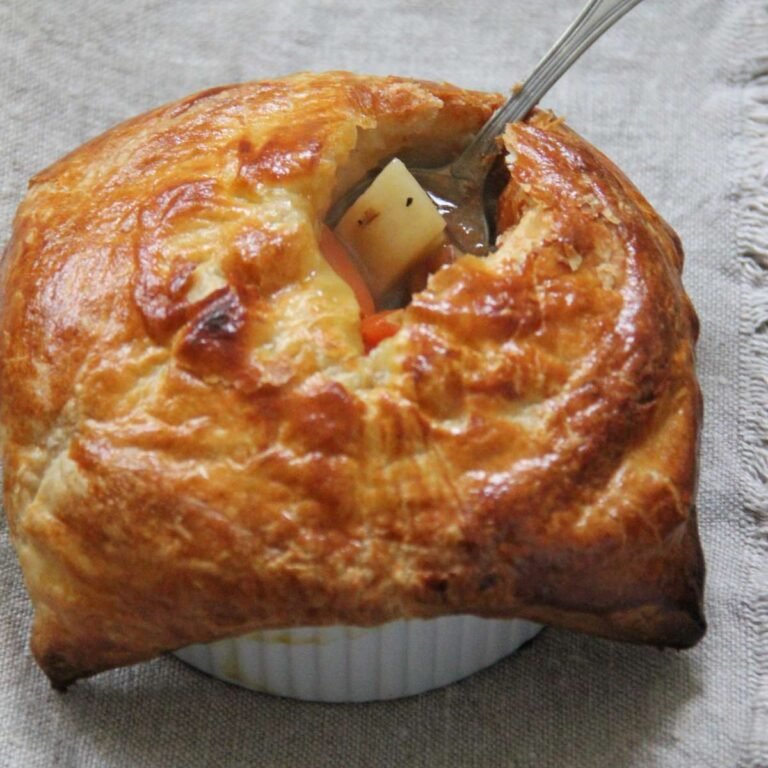Pheasant Hunting New York: The Best Tips and Locations 2024
Embarking on an exhilarating journey through the lush landscapes of New York, pheasant hunting stands as a beloved outdoor pursuit for enthusiasts of all ages. With its rich history and diverse hunting grounds, the Empire State has emerged as a prime destination for those seeking the thrill of pursuing these magnificent game birds. In this blog, we will look at pheasant hunting New York.
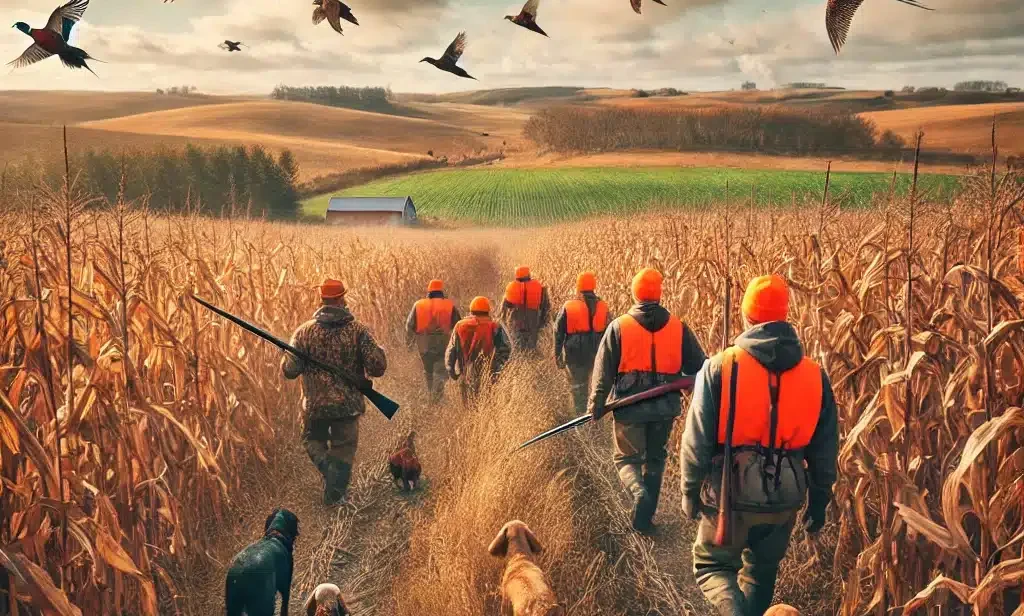
Pheasant hunting in New York provides an opportunity to connect with nature and serves as a means of conservation and wildlife management. Before venturing into this captivating endeavor, it is crucial to comprehend the significance of the historical context and regulations surrounding this cherished sport.
Pheasant Hunting as a Popular Outdoor Activity
Pheasant hunting has long been recognized as one of New York’s most popular outdoor activities, captivating locals and visitors alike. The allure lies in the harmonious blend of excitement, skill, and appreciation for nature accompanying each expedition.
These gallant birds’ vibrant colors and distinct calls create an atmosphere brimming with anticipation, making pheasant hunting not just a sport but an unforgettable experience.
Throughout the years, generations have embraced pheasant hunting in New York as more than just a recreational pursuit; it has become a heritage that fosters camaraderie among friends and family.
It is common to witness seasoned hunters passing down their knowledge to younger enthusiasts, instilling values such as responsibility, patience, and respect for wildlife.
History and Regulations Surrounding Pheasant Hunting
Beyond its popularity among outdoor enthusiasts, comprehending the history and regulations surrounding pheasant hunting is paramount for several reasons. First and foremost is ensuring ethical practices that promote sustainable wildlife management within New York’s ecosystems.
The historical context unveils how pheasants were introduced to North America and subsequently established themselves in various regions, including New York. Understanding this history provides insights into the ecological impact of introducing non-native species and the ongoing efforts to maintain balanced populations.
Moreover, delving into pheasant hunting regulations is crucial for adhering to legal requirements, promoting safety, and fostering conservation efforts. Hunting seasons are carefully designed by the New York State Department of Environmental Conservation (DEC) based on scientific data and population dynamics to ensure sustainable harvests that do not compromise the long-term viability of pheasant populations.
By familiarizing ourselves with these regulations, we preserve these magnificent birds and enhance our overall experience as responsible hunters. With knowledge about bag limits, licensing requirements, and other regulations imposed during specific pheasant seasons in New York, hunters can enjoy their pursuits while maintaining ecological integrity.
History of Pheasant Hunting in New York
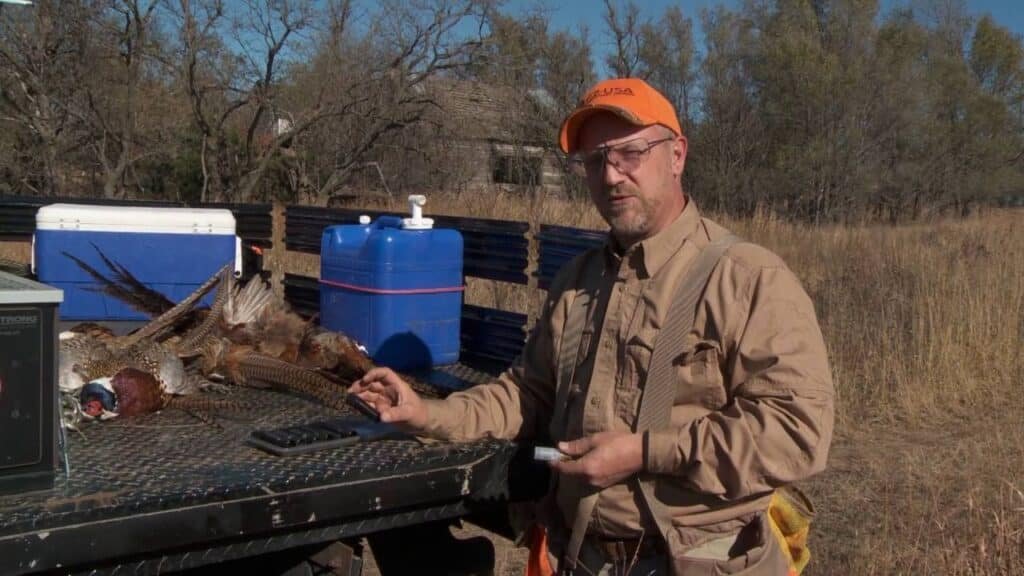
Introduction of pheasants to North America
The history of pheasant hunting in New York can be traced back to introducing these magnificent birds to North America. In the late 1800s, several species of pheasants, particularly the Ring-necked Pheasant and Mongolian Pheasant, were imported from Europe and Asia for their aesthetic appeal and sporting value. These imports were initially intended for ornamental purposes on private estates.
However, due to their adaptability and resilience, some escaped or were purposely released into the wild. It didn’t take long for these resilient birds to establish themselves across various regions in North America, including New York State.
The fertile landscapes within the state, with a mix of agricultural fields, grasslands, and wetlands, provided an ideal habitat for pheasants to thrive. As their population steadily grew in the early 20th century, so did interest in hunting them.
P5heasant hunting as a recreational activity
During the early 1900s, pheasant hunting rapidly gained popularity among outdoor enthusiasts in New York. Hunters marveled at these game birds’ vibrant plumage and elusive nature that made them challenging targets. Moreover, given their abundance in certain areas, pursuing pheasants became an exciting pastime that attracted people from all walks of life.
With increased interest came a demand for regulations governing this emerging recreational activity. State agencies realized the need to establish seasons and bag limits to ensure sustainable hunting practices while safeguarding pheasant populations from overexploitation.
Efforts to enhance pheasant populations
Conservation organizations and state agencies in New York recognized the importance of maintaining healthy and robust pheasant populations to sustain hunting opportunities. They initiated various conservation programs to enhance pheasant habitats, manage predator populations, and implement controlled releases of captive-reared birds.
The New York State Department of Environmental Conservation (DEC) has been instrumental in coordinating these efforts. Through strategic partnerships with private landowners, conservation groups, and hunters, the DEC has expanded suitable habitat for pheasants and implemented measures to mitigate factors such as agriculture intensification that negatively impact their numbers.
By working collaboratively with stakeholders and researching population dynamics, the DEC continues developing comprehensive management plans to ensure a sustainable future for pheasants and hunting enthusiasts in New York.
Overall, the history of pheasant hunting in New York is intertwined with introducing these magnificent birds from abroad, their subsequent flourishing across the state’s diverse landscapes, and dedicated efforts by conservation organizations and state agencies to maintain healthy populations through sound management practices.
Pheasant Species Found in New York
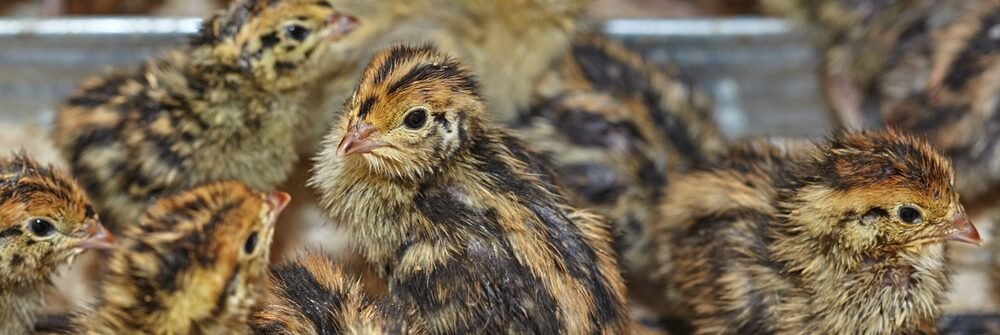
Ring-Necked Pheasants and Mongolian Pheasants
New York has two primary pheasant species: the Ring-necked Pheasant and the Mongolian Pheasant. The Ring-necked Pheasant is the most common species encountered during pheasant hunting expeditions in New York.
These birds are known for their vibrant plumage, with males exhibiting striking colors such as metallic green heads, white neck rings, and a mix of brown, black, and gold feathers on their bodies. The females, on the other hand, possess more subtle shades of brown for better camouflage.
In contrast to the abundant Ring-necked Pheasants, Mongolian Pheasants are less frequently encountered but equally fascinating. These birds showcase a unique blend of coppery-brown and gray plumage.
Males exhibit elongated tail feathers with intricate patterns that add to their allure during courtship displays. Female Mongolian Pheasants possess similar coloring to male birds but lack their extravagant tail feathers.
Plumage, size, and habitat preferences for each species
Regarding identification features between the two species found in New York’s pheasant population, Ring-necked Pheasants are generally larger than Mongolian Pheasants in terms of body size and overall weight.
Male Ring-necked Pheasants can grow up to 36 inches long from beak to tail and weigh around 2-3 pounds. Females are slightly smaller but follow a similar color pattern.
Mongolian Pheasants, on the other hand, are typically smaller than their Ring-necked counterparts. Males can measure approximately 28 inches long and weigh around 1-2 pounds.
Females exhibit similar size characteristics as well. Regarding habitat preferences, both species favor grasslands, agricultural fields, and brushy areas that provide appropriate cover for nesting and roosting.
Additionally, they often gather near water sources such as streams or wetlands. While the Ring-necked Pheasant can adapt to various habitats, including croplands and shrubby grassy areas, Mongolian Pheasants show a particular affinity for dense vegetation with tall grasses and shrubs.
Understanding the distinct characteristics of each species found in New York is crucial for hunters participating in the NY pheasant season. By familiarizing themselves with these identification features and preferred habitats, hunters can effectively plan their strategies and increase their chances of encountering these magnificent birds during the pheasant season in NY.
Pheasant Hunting Seasons and Regulations
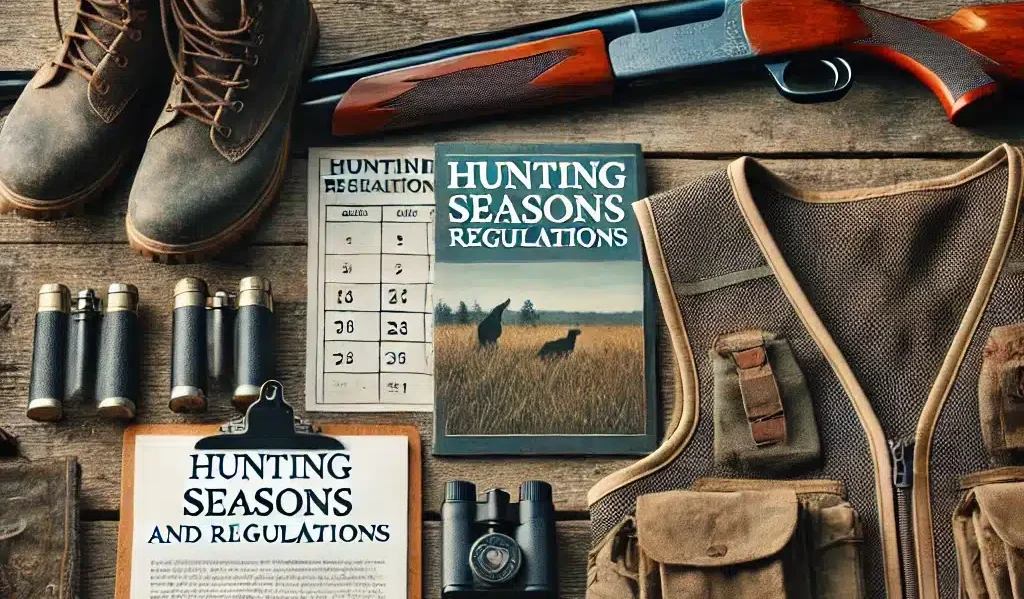
An Annual Tradition: The New York Pheasant Season
The New York State Department of Environmental Conservation (DEC) sets the dates for the state’s highly anticipated pheasant hunting season. This annual tradition allows avid hunters to pursue these majestic game birds within the boundaries of legally established periods.
The NY pheasant season typically spans several months and is carefully designed to ensure sustainability and conservation efforts while allowing enthusiasts to enjoy their favorite pastime. As the seasons change, so does the excitement among hunters as they eagerly await the start of another memorable pheasant hunting experience in New York.
Bags, Licenses, and Limitations: Hunter Regulations
To maintain a healthy and thriving population of pheasants in New York, hunters must adhere to specific bag limits, license requirements, and other regulations set forth by the DEC.
These regulations are crucial for responsible conservation practices that promote sustainability. Bag limits dictate how many pheasants an individual hunter can harvest per day or throughout a given hunting season.
Hunters need to stay informed about these limits as they may vary based on factors such as location and species.
Additionally, obtaining a valid hunting license is mandatory for anyone pursuing pheasants in New York. This requirement ensures that individuals have met all legal obligations and possess the necessary knowledge regarding safety guidelines and ethical practices.
Comprehensive knowledge of regulations surrounding bag limits, licenses, and other guidelines is a testament to responsible hunting practices exhibited by passionate individuals engaging in this timeless pursuit during each NY pheasant season.
By adhering to these regulations, hunters contribute towards sustainable wildlife management while preserving this cherished outdoor activity for generations.
Popular Pheasant Hunting Areas in New York
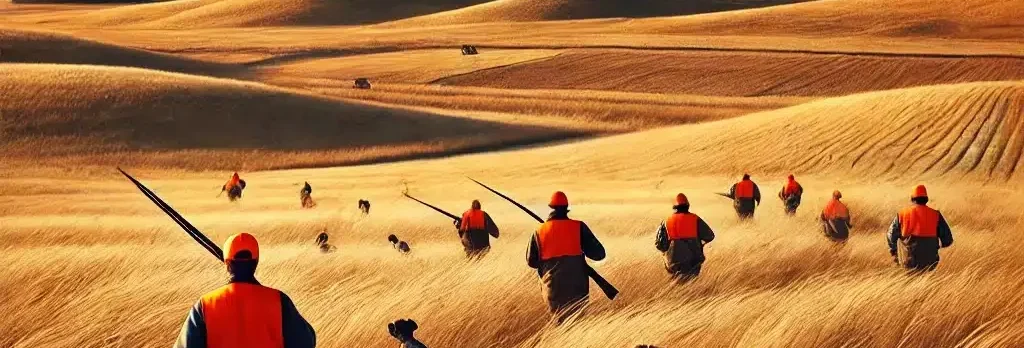
Public lands managed specifically for pheasant hunting
New York boasts many public lands managed explicitly for pheasant hunting, providing opportunities for hunters to pursue their passion. Wildlife Management Areas (WMAs) are especially popular among enthusiasts due to their extensive acreage and purposeful habitat management for game bird species like pheasants.
These WMAs, scattered across the state, feature a variety of terrains ranging from open fields to wetlands and offer ample cover and food sources for pheasants.
Some notable WMAs known for their abundant pheasant populations include Montezuma WMA near the Finger Lakes region, Oak Orchard WMA in western New York, and Shawangunk Grasslands National Wildlife Refuge in the Hudson Valley. Additionally, various state forests provide opportunities for pheasant hunting in designated areas where habitat enhancement strategies have been implemented.
Private game preserves that offer guided hunts
Private game preserves in New York provide options for those seeking an elevated hunting experience with added convenience and services. These establishments meticulously manage their properties to ensure optimal pheasant populations while offering guided hunts tailored to passionate hunters’ expectations.
Many private game preserves span hundreds or even thousands of acres, providing expansive landscapes filled with diverse cover types such as brushy fields, thickets, and hedgerows that create ideal habitats for pheasants.
Experienced guides accompany hunters on these exclusive hunts, sharing valuable insights into the behavior and patterns of these elusive birds while ensuring a safe and enjoyable outing.
Such preserves often have well-trained dogs available or allow hunters to bring their trusted hunting companions to enhance the overall experience. New York offers many pheasant hunting options that cater to various preferences.
From public lands managed specifically for hunting, such as WMAs and state forests, to private game preserves providing exclusive guided hunts, enthusiasts can enjoy the thrill of pursuing these magnificent game birds.
Whether one seeks the challenge of exploring vast public lands or desires a more personalized experience on private grounds, New York’s diverse hunting opportunities will satisfy even the most discerning pheasant hunters during the New pheasant season or any time they wish to embark on an exciting hunting adventure.
Techniques and Equipment for Pheasant Hunting

Methods used for flushing or stalking pheasants
When it comes to pheasant hunting in New York, hunters employ various techniques to increase their chances of success. One common method is “flushing,” where hunters walk through fields or brush, startling the birds into taking flight. This method requires stealth and patience, as pheasants can be easily spooked.
Another approach is “stalking,” where hunters carefully move towards areas known to be frequented by pheasants slowly and deliberately. This technique requires keen observation skills to spot the birds before they detect the hunter’s presence.
Including walking up, driving, or utilizing trained dogs
Within the flushing technique, hunters often adopt the strategy of “walking up” their quarry. This involves moving steadily through suitable habitats with firearms at the ready position until a bird is flushed within shooting range. In contrast, some hunters drive pheasants towards waiting guns by organizing group efforts with fellow enthusiasts to push birds out of cover using beaters or trained dogs.
The collaborative nature of this method not only enhances safety but also increases the likelihood of successful hunts. For both flushing and stalking techniques, employing well-trained hunting dogs can significantly enhance the experience.
Specially trained breeds such as Labrador Retrievers or English Springer Spaniels can efficiently locate and retrieve downed birds, making them valuable companions during hunts. These dogs possess an innate ability to scent out hidden pheasants in dense vegetation and effectively recover shot game.
Conclusion
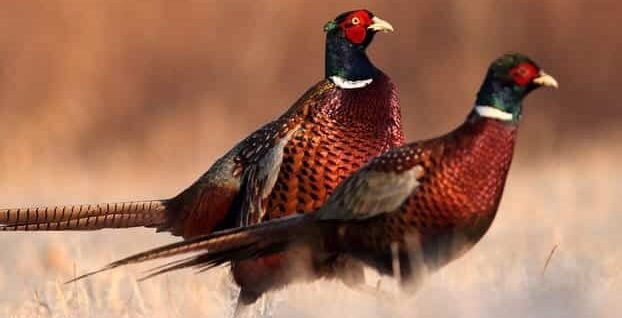
Venturing into the world of pheasant hunting in New York opens up a realm of possibilities for outdoor enthusiasts seeking thrilling experiences amidst picturesque landscapes. By understanding the various techniques available, such as flushing or stalking, hunters can adapt their strategies to different scenarios and increase their chances of a successful hunt.
Equally important is selecting appropriate equipment, including firearms, ammunition, and well-trained hunting dogs. By adhering to state regulations and safety guidelines, hunters can embark on memorable experiences during the pheasant season in New York.
As they immerse themselves in the rich history and diverse habitats the state offers, hunters will enjoy the challenge and contribute to conservation efforts to preserve these majestic game birds for generations to come. So grab your gear, embrace the thrill of the hunt, and revel in the beauty of pheasant hunting in New York!
